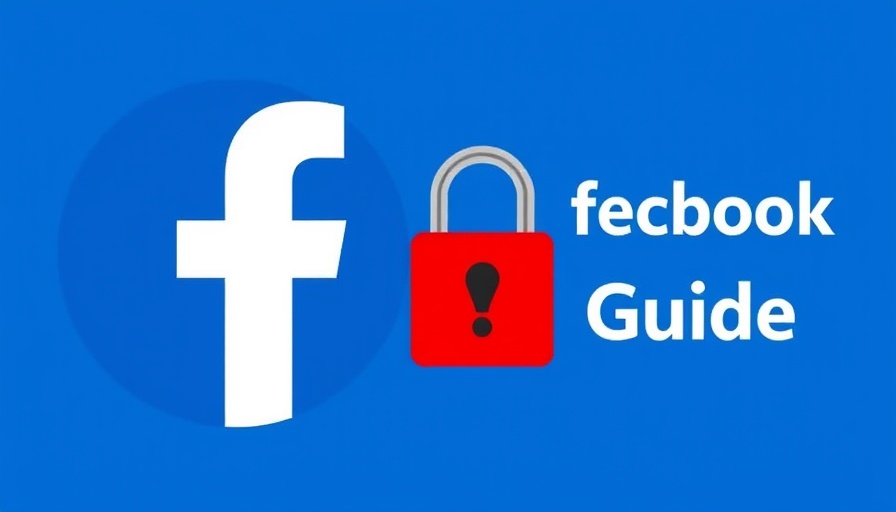
The Importance of DMARC in Today’s Digital Landscape
In an era where email remains an essential communication tool, safeguarding it against malicious threats is more critical than ever. Email spoofing, where bad actors impersonate a legitimate sender, poses ongoing challenges for businesses and individuals alike. This theft of identity in the email domain can lead to significant ramifications, from untrustworthy communications to financial losses. As organizations lean more heavily on digital communication, implementing a secure framework for email identity verification becomes paramount.
Understanding the Mechanics of DMARC
DMARC, which stands for Domain-based Message Authentication, Reporting, and Conformance, serves as a vital piece in the puzzle of email security. It builds on existing technologies like SPF (Sender Policy Framework) and DKIM (DomainKeys Identified Mail) by ensuring not only that these protocols are in place but also aligning their functions to the sender’s domain.
Imagine sending an email from info@yourbusiness.com. For DMARC to validate this email, the return-path domain and the visible sender's domain must match perfectly. This alignment ensures that recipients can trust the legitimacy of the email they’re receiving, thereby preventing spam and phishing attempts that can erode customer trust.
Why DMARC Was Necessary: The Gaps in Previous Protocols
Prior to DMARC, the challenges posed by SPF and DKIM were acutely felt. SPF only verifies if the sending server is authorized, while DKIM focuses on ensuring the content hasn’t been altered. Both methods independently fail to ensure that the sender's visible email address is legitimate, creating a significant loophole that hackers exploit. DMARC addresses this gap, offering a comprehensive solution that aligns sender identities.
Moreover, organizations can tailor their DMARC policies—opting for none, quarantine, or reject—to instruct mail servers on how to handle emails that fail authentication checks, thereby controlling potential security breaches.
DMARC’s Technical Foundation: The Role of DNS and Cryptography
The effectiveness of DMARC rests on Domain Name System (DNS) and cryptographic measures. SPF utilizes DNS TXT records that confirm which IP addresses are authorized to send emails on behalf of a domain. In parallel, DKIM employs public key cryptography, allowing the sending server to sign the email, ensuring that even the message itself is authenticated using cryptographic techniques.
This dual-layered security structure not only enhances authenticity but also minimizes the risk of successful spoofing, instilling confidence in customers and stakeholders alike.
Future Predictions: The Evolution of Email Authentication
As email communication continues to evolve, the future of DMARC looks promising. The growing sophistication of cyber threats necessitates that businesses adopt increasingly rigorous verification processes. Future advancements may include AI-driven analytics to detect anomalies within email behaviors, enhancing preventative measures against spoofing.
In addition, global adoption of DMARC policies is expected to rise, driven by the escalating demand for secure communication practices. This wider implementation will not only fortify individual organizations but also contribute to a safer internet ecosystem.
Actionable Insights: Steps Toward Implementing DMARC
For business owners keen on fortifying their email communication security, the steps toward implementing DMARC can be distilled into a straightforward process:
- Assess your existing email protocols: Understand what policies you have in place and how they currently perform.
- Set up SPF and DKIM: Ensure these protocols are correctly configured to work with your domain.
- Configure DMARC: Start with a policy of 'none' to monitor email traffic and analyze results before transitioning to 'quarantine' or 'reject' as needed.
- Review reports: Regularly analyze DMARC reports to identify unauthorized senders and adjust your policies accordingly.
By taking these steps, businesses not only protect themselves from potential spoofing attacks but also bolster customer trust and integrity in their communications.
Conclusion: Taking Control of Your Email Identity
In today’s digital-first world, understanding DMARC is more than just an option—it’s a necessity. By implementing this robust authentication protocol, businesses can significantly diminish the threat of email spoofing and malicious attacks. For those looking to strengthen their digital communications strategy, now is the time to take action and invest in the integrity of your email communications.
 Add Row
Add Row  Add
Add 




Write A Comment